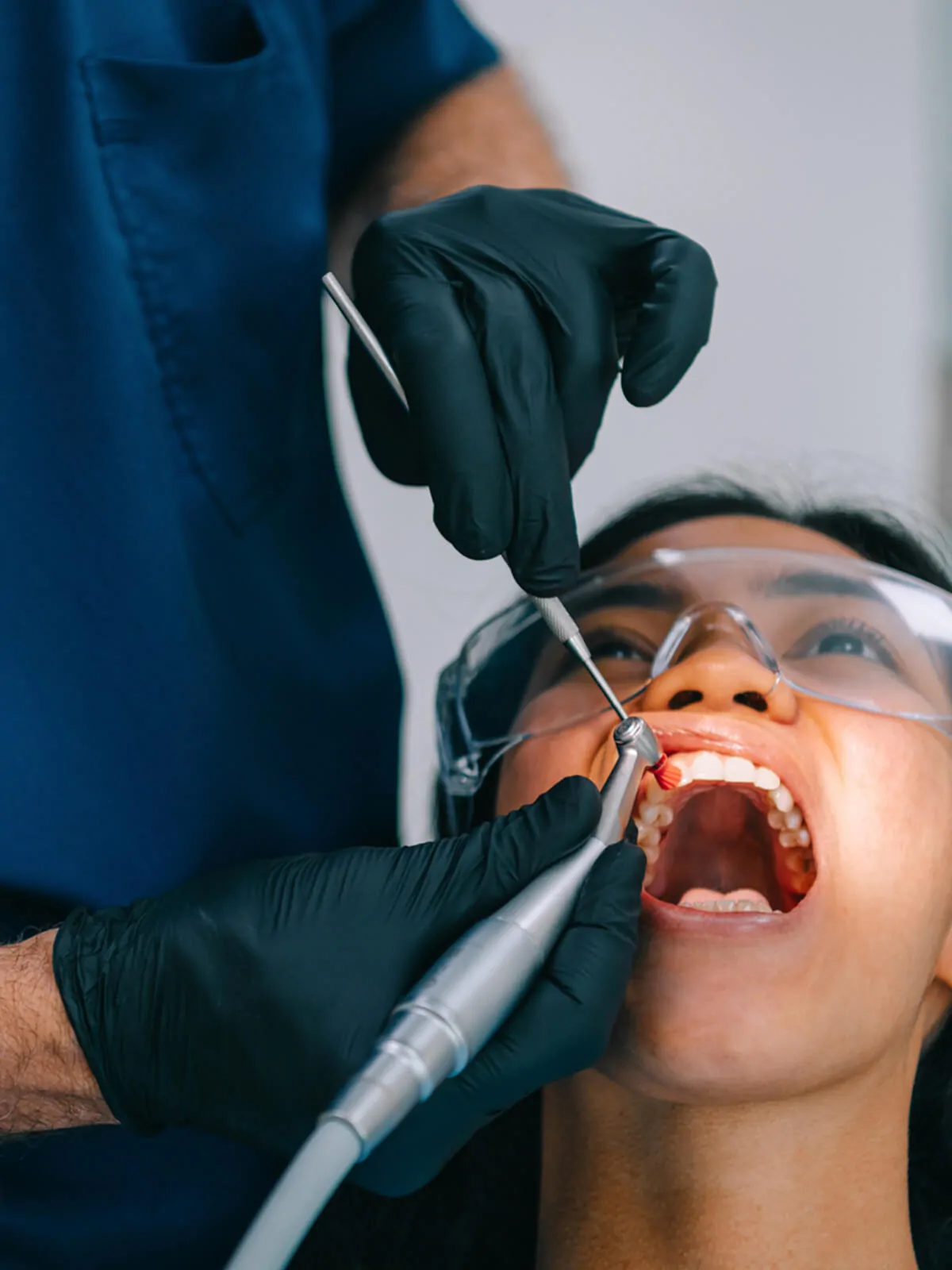What to Get out of Your First Visit to a Dentist in Eugene Oregon
What to Get out of Your First Visit to a Dentist in Eugene Oregon
Blog Article
Learn Regarding Frequent Dental Worries Your Dental Practitioner Can Deal With
Comprehending constant oral problems is critical for keeping optimum oral health. Concerns such as dental caries, gum tissue disease, tooth sensitivity, bad breath, and dental cavity are usual yet commonly ignored up until they end up being severe. Dental experts possess the experience to detect and deal with these conditions, thereby protecting against further difficulties. Normal dental brows through and personalized treatment plans can address these troubles properly, ensuring a much healthier and brighter smile. However what specific therapies do dental practitioners use to deal with these issues, and just how can early treatment make a distinction? The responses to these concerns provide beneficial insights into safeguarding your oral health and wellness.
Tooth Cavities
Cavities, additionally understood as dental decays, are a common dental health and wellness issue brought on by the demineralization of tooth enamel due to acid manufacturing from bacterial plaque. This procedure begins when microorganisms in the mouth metabolize sugars and starches from food, producing acids that deteriorate the enamel. If not resolved immediately, this erosion can permeate much deeper into the tooth, influencing the dentin and ultimately the pulp, possibly causing extreme pain and infection.
The very early stages of tooth cavity formation commonly existing as white areas on the tooth surface area, indicating preliminary demineralization. As the process advances, these places can become black or brownish lesions, symbolizing more comprehensive degeneration. Regular oral check-ups are critical for very early detection, as dental caries in their incipient stages can be treated with remineralization methods, such as fluoride therapies.
When a cavity has developed, restorative treatment is necessary. Dental experts typically remove the corroded portion of the tooth and load the cavity with materials such as composite material, amalgam, or ceramic. In more serious situations, a crown or origin canal treatment may be required. Precautionary procedures, consisting of excellent dental health techniques and nutritional modifications, play a crucial role in mitigating the risk of cavities.
Gum Tissue Condition
While cavities represent a substantial worry for oral wellness, an additional critical concern that demands attention is gum condition. Additionally referred to as periodontal disease, gum tissue condition is an inflammatory problem affecting the tissues bordering and sustaining the teeth. It is largely brought on by the build-up of plaque-- a sticky film of bacteria that bases on teeth.
Periodontal condition progresses with phases, beginning with gingivitis, identified by redness, swelling, and hemorrhaging gums (dentist in eugene oregon). If left untreated, gingivitis can escalate to periodontitis, where the inner layer of the periodontal and bone retreat from the teeth, creating pockets that end up being infected. With time, the contaminants created by the bacteria break down the bone and connective cells that hold teeth in location, possibly resulting in missing teeth
Early discovery and therapy are important. Professional dental cleansings and improved dental health practices, such as cleaning twice daily and flossing, can handle gingivitis. For even more advanced phases, therapies may include scaling and root planing, anti-biotics, and even medical treatments.
Regular dental exams play a pivotal function in protecting against and managing gum disease. Dentists can identify early indications and advise appropriate interventions, making sure the upkeep of healthy and balanced gum tissues and overall oral health and wellness.
Tooth Level Of Sensitivity
Tooth level of sensitivity affects millions of individuals worldwide, presenting an usual yet commonly stressful oral issue. This problem emerges when the enamel, the outer safety layer of the teeth, is compromised, disclosing the underlying dentin.
Numerous variables add to enamel disintegration and succeeding tooth sensitivity, including aggressive cleaning, acidic foods and drinks, gum tissue economic downturn, and bruxism (teeth grinding) Furthermore, dental treatments such as teeth whitening can temporarily enhance sensitivity.
Foul Breath
An additional prevalent dental concern that impacts individuals' daily lives is bad breath, medically called halitosis. Halitosis commonly stems from bad dental hygiene, which enables food bits to continue to be in the mouth, promoting bacterial growth.

Suggestions might involve boosting oral health methods, such as normal brushing and flossing, making use of anti-bacterial mouthwashes, staying hydrated, and dealing with any dental concerns. Reliable monitoring of bad breath not only enhances dental wellness but also significantly improves top quality of life.
Dental Caries

Stopping dental caries involves a combination of good oral hygiene techniques and regular dental examinations. imp source Brushing teeth a minimum of twice daily with fluoride toothpaste, flossing to eliminate plaque between teeth, and limiting the intake of sweet foods and beverages are essential safety nets. Fluoride therapies, dental sealants, and specialist cleanings supplied by a dental expert can likewise play a significant role in strengthening enamel and preventing decay.
Dentists can get rid of decayed cells and restore the tooth with dental fillings made from materials such as composite material, amalgam, or porcelain. By resolving tooth decay quickly, dentists aid protect oral framework and function, making certain long-lasting oral wellness.
Final Thought
Dealing with usual dental concerns such as tooth cavities, gum condition, tooth sensitivity, foul breath, and tooth degeneration is crucial for keeping optimal dental health and total well-being. Dental practitioners possess the knowledge to diagnose and treat these issues effectively, ensuring customized care for each patient. Regular preventive procedures and dental check-ups are crucial in determining and managing these worries early, advertising a healthier and extra certain smile over a lifetime.

Tooth degeneration, likewise known as dental caries, takes place when the enamel, the outermost layer of the tooth, is eroded by acids generated by microorganisms in the mouth. Brushing teeth at least twice daily with fluoride tooth paste, flossing to eliminate plaque between teeth, and restricting the intake of sweet foods and beverages look what i found are vital precautionary measures.Resolving common dental problems such as tooth cavities, gum tissue illness, tooth sensitivity, poor breath, and tooth decay is critical for preserving optimum oral health and wellness and total well-being.
Report this page